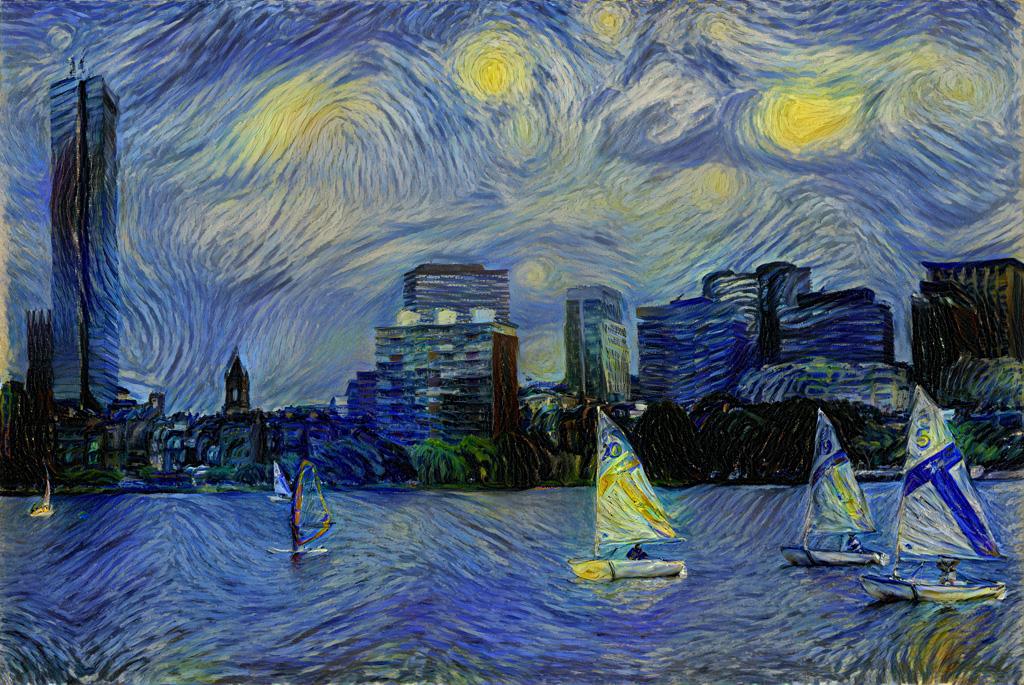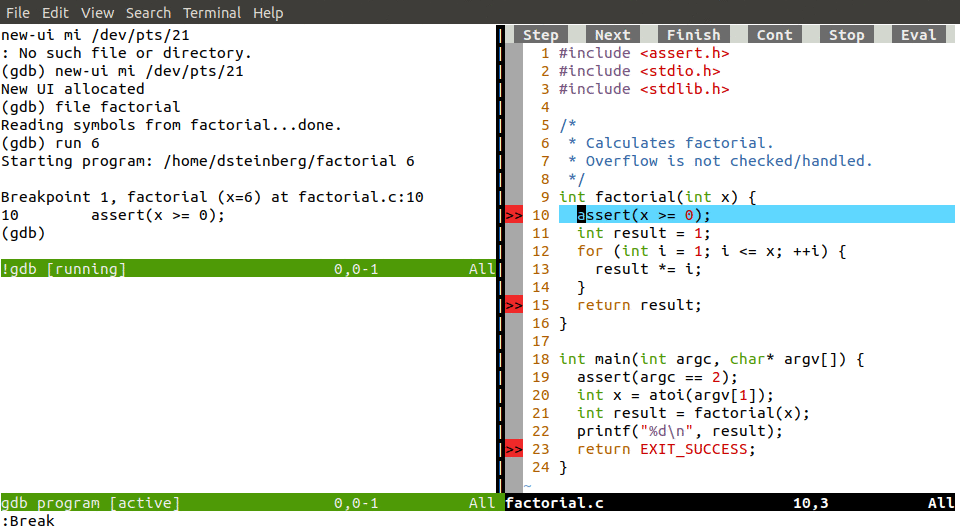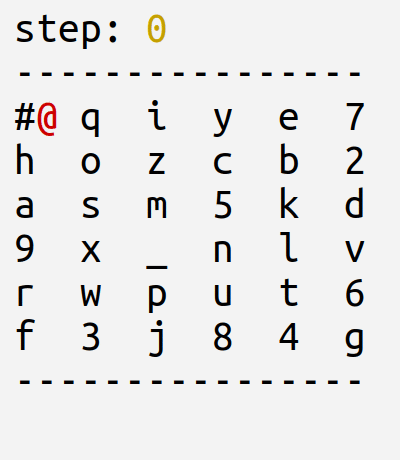I used the pastiche style transfer program—discussed in a prior post—to create the video shown above. The content image is a photo I took in Boston in 2015, and the style images were randomly sampled from the test images of the Painter by Numbers Kaggle competition.
The frames used in the video were retained during gradient descent by using pastiche‘s --workspace option.
The Python script for generating the video is on GitHub:
https://gist.github.com/dstein64/5dcc67fa43cc0d13d6d4d544095a1382



